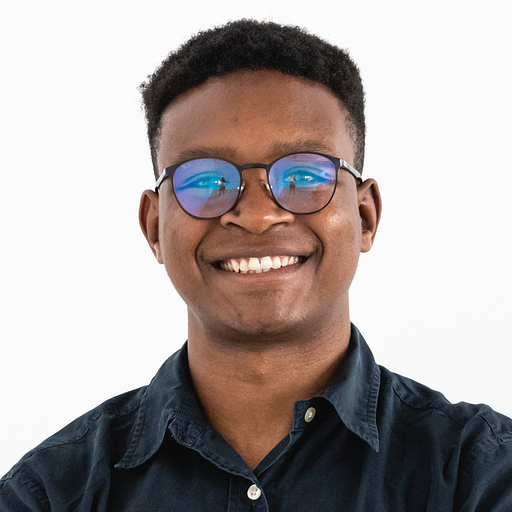Table of contents
- My journey into product and building a strong relationship between product, design and engineering
- What I’ve learnt from the power of close collaboration between design, engineering and product
When I first landed a junior product role, I was incredibly excited but also nervous about stepping into the unknown.
Like many people who enter a product role for the first time, there was so much to think about and so many tasks to do. I thought about everything: how could I work my way towards introducing features our users would love? Will they find them valuable? How feasible are my ideas and do we have access to the technology that can make them a reality? And how do I engage my team to get them onboard?
I’d read about so many cases where product leads would lose entire engineering teams to more exciting tooling and infrastructure driven products. I was overwhelmed with all of these questions and many more, but the most important of all was: where do I start?
If you've ever been in this position, you’ll know it's incredibly daunting. So, how do you navigate all these questions so that you can ship exciting features that bring value to your users and ultimately build products they love?
The product trio
Though there are many answers to the questions I had running through my head, I soon realised that the truth is you simply can't do it alone. If you've ever found yourself doing so, you’re either an ambitious founder or someone who needs to learn the power of a cross functional team.
The product trio is a combination of a product manager, software engineer (tech lead) and a product designer. Each member of the trio brings together a unique set of skills and perspectives. When combined, their skillset enables a cross functional team to discover, develop and ship successful products or features that customers love.
There are four key questions that you’d be wise to consider when it comes to a new product or feature. You need to ask yourself, is it:
- Valuable – will customers buy it, or users will choose to use it?
- Usable – can users figure out how to use it?
- Feasible – can our engineers build what we need with the time, skills and technology we have?
- Business viable – will the solution also work for the various aspects of our business?
How to work together
As I’ve progressed in my product career, I’ve found that the most impactful way to work towards shipping functionality is for the R&D team to work closely every step of the way.
This begins during discovery, when teams identify opportunities that they can solve for their users. It’s often easy to come across a problem and get caught up with finding an exciting solution. You pull together some data, throw together a presentation and convince leadership, design and engineering that this is the next great thing! Everyone is excited and design rushes to translating the solution into a digital experience. The task is passed onto engineering to craft the concept into existence. The day comes and the feature is released. Two weeks down the line, less than a third of your users make use of the feature.
In this waterfall style approach each team works in silos. Delivery is slow, multiple unknowns and questions appear during the development process, and the release ultimately fails.
When the product trio works together, something completely different happens. You truly look at a problem through an objective lens – or rather, three lenses.
Suddenly you don’t have one great solution to rule them all, but multiple possibilities! If you were to picture it on a whiteboard, it’s the difference between a sequence of events to solve a problem, and a web of options that build towards something greater, often resulting in a single solution branching off with additional growth possibilities for the business in the future. These are the ideas and concepts that can be shared with both users and the full cross functional team as you work towards building something impactful together.
Some of my fondest memories have begun at a whiteboard, either in person or virtually. First, a member of the team would share an opportunity. Next, product shares their insights into the perceived business cases and value add, and engineering identifies out of the box solutions powered by the most up to date technologies. Finally, design reimagines the experience in a way that takes something complex and simply folds it into a few easy-to-use steps for the end user.
If you’d like to learn more about the power of a cross functional team and product trio, I highly recommend picking up a copy of The Team that Managed Itself by Christina Wodtke. The book follows the narrative of a product manager turned GM at a gaming company who experiences what it’s like to build a strong cross functional team and how much joy working in a strong product trio can bring.
While I’m not quite ready to write a book about my own experiences, every day is an opportunity to learn and do better – and I’m really excited about my future at Mews.

Author
Aldair Borges
Aldair joined Mews in 2017 as an integration specialist and has since moved on to being one of our most loved and talented Product Managers, focussing on improving the reservation process.

Essential hotel technology for general managers
Download now
Hospitality hot takes straight to your inbox


.webp)